SEARCH
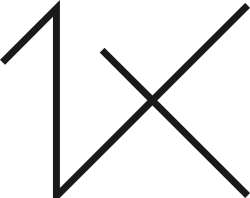
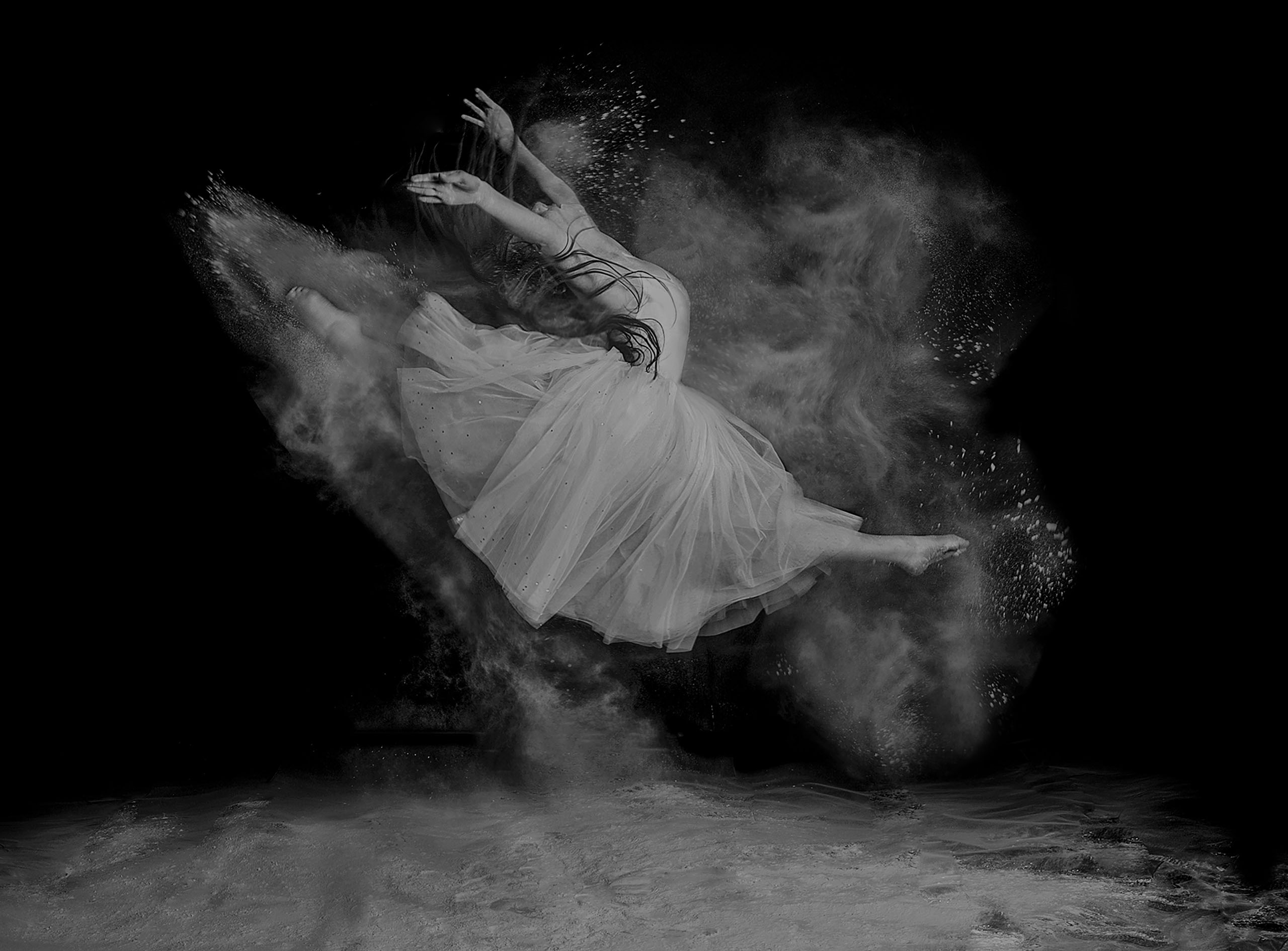
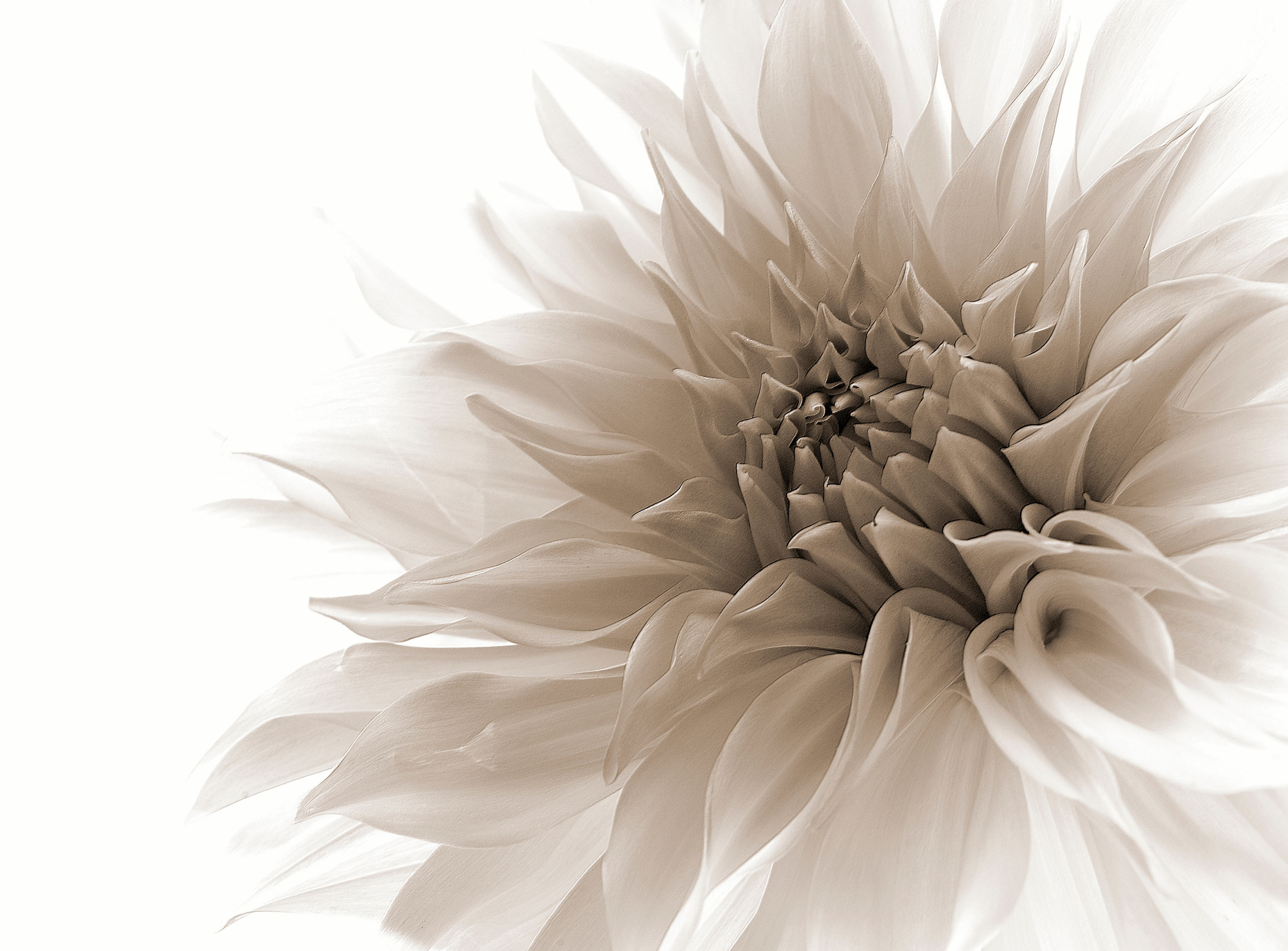
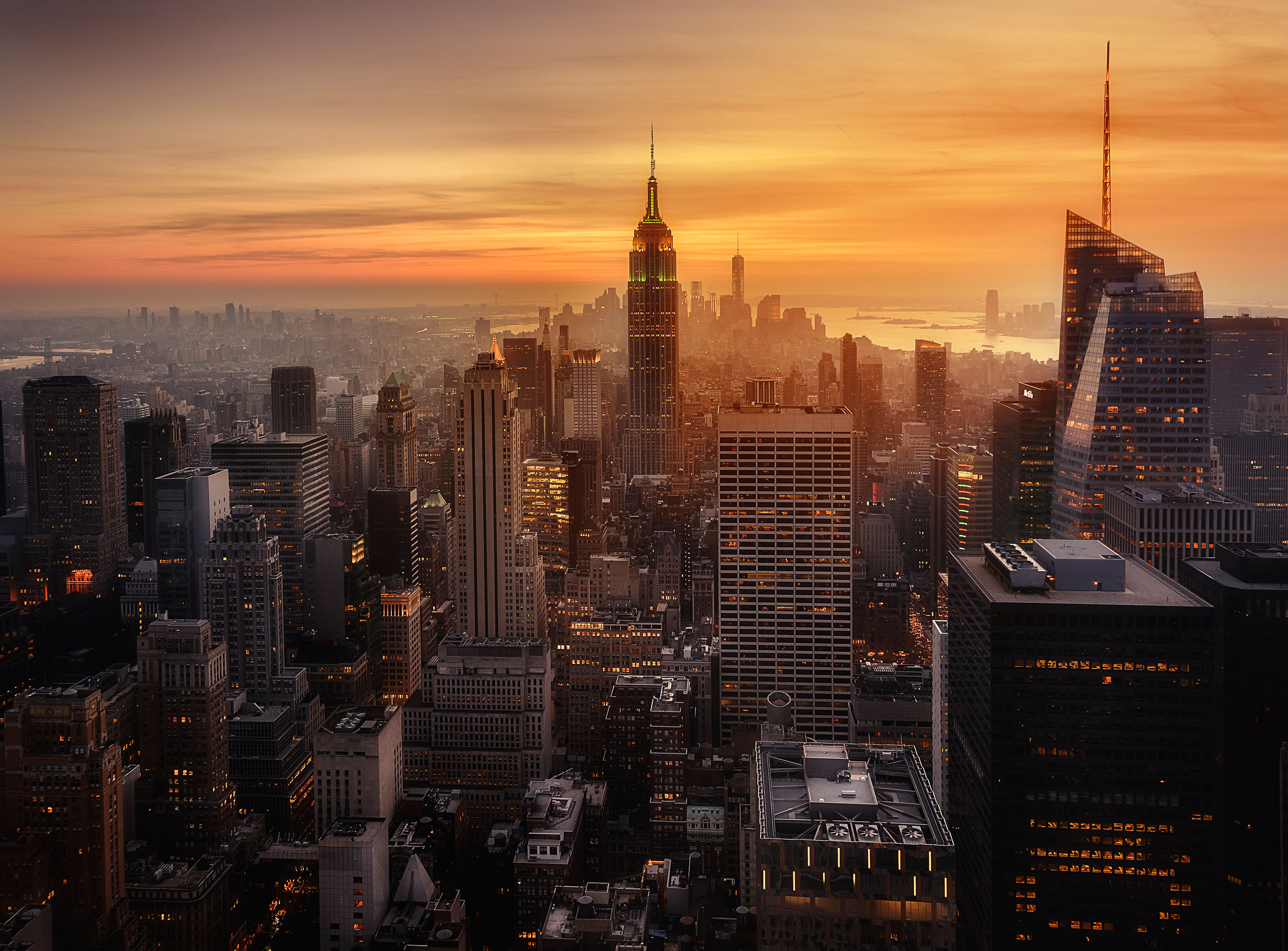
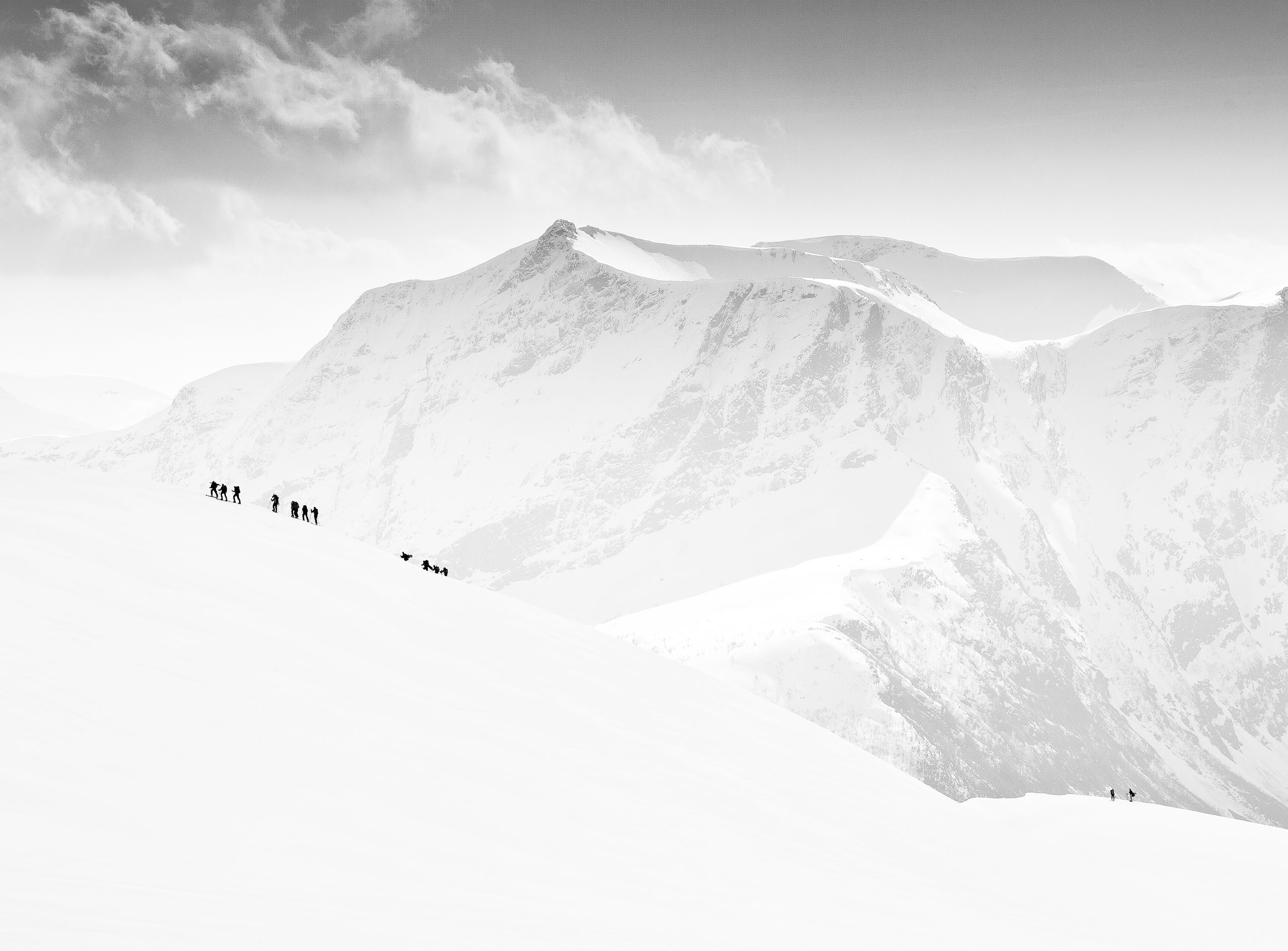
|
|
|
|


Who is Nana Sousa Dias ?
Born 1957 in Torres Vedras, a small town a few miles from Lisbon, Portugal.
Started to shoot at the age of 15 with a 35mm Yashica camera, get interested in lab techniques very early. He abandoned photography very soon, due to his starting career as a professional musician, although, during all this time, he accompanied photography in books and magazines.
Maresias & Neblina – Music and Photos by Nanã Sousa Dias
Namib - Nanã Sousa Dias Quinteto, Festival de Jazz de Valado dos Frades 2016
Nanã Sousa Dias Quarteto - Armazém 8 - Évora
In 1997, by his 40th anniversary, being one of the most famous saxophone players in Portugal, he decided to give himself another chance as a photographer. He bought a second hand Hasselblad and medium format enlarger and started to study and practising, with the Ansel Adams trilogy books.
Soon he was shooting also with large format cameras.
In 2005 his work was published in one of the best fine art magazines in the world, the B&W Magazine.
He teaches Landscape, Studio Portrait, Nude, Aerial photography and Darkroom Workshops, in Portugal and Brazil.
He had more than 50 exhibitions in Portugal and Brazil, as well as many articles and interviews published in books and magazines in Portugal, USA, UK, Russia and Brazil.
You are a professional musician and international known photographer. They are “two” persons or “one” person? Can you tell us a little about yourself?
I was born in a little town, 50km away from Lisbon, 14km away from the sea, which had always a major influence on me. I started to like photography and music when I was 13 years old. I began with a Kodak Instamatic and a very cheap acoustic guitar.
A few years later I ruled my Kodak Instamatic for a Yashica 35 mm and my guitar for a transversal flute. When I finished military service, I became a professional saxophone player. I stopped photography at that time and for about 25 years. When I was 45 years old, I bought a second hand Hasselblad and started a much more serious approach to black and white photography.
Can you describe, in a short resume, how you did arrive into photography in general and in landscape photography in particular?
I always liked photography, I started to develop and print when I was about 16 or 17 but like I said previously, I stopped for 25 years. When I was 45, I bought a second hand Hasselblad 500 C/M and a second hand Chromega 760 which I still use as my main enlarger for medium format. In 2000, a friend of mine invited me for a photo walk along the sea, at Guincho, a beautiful beach near to Lisbon. I had no experience at all in landscape photography. I carried a Pentax 6x7, 3 lenses, a tripod, some film and a few filters. I shoot a photo which is still one of my favourites. That's how I started to shoot landscape.
How would you define your photographic view or approach? Were you immediately drawn to the kind of photography that you do right now, or did you shoot a little of everything? Did somebody particularly of significantly helped or inspired you at the beginning?
I can´t define my photographic view or approach with this words: I simply shoot what impresses me in several ways. I don't choose this or that, particularly, I want to shoot everything that touches my “senses”. It can be the shape of a rock, a look on someone's face, the shape of a body, a cloud formation, a wave in the sea, a shine on wet sand, an old building, etc, etc.
When I started as a teenager, I didn't have a lot of life experience, so I was interested in shooting what a kid of that age “feels”. Nowadays, the way I look to everything is obviously very different.
When I started to be really interested in photography, I had a lot of influences, I remember my all time preferred photographers, Ansel Adams, Minor White, Cartier-Bresson, Margaret Bourke-White, Ralph Gibson, Helmut Newton, Jean-Loup Sieff, Alvarez Bravo, Elliot Herwitt, Arnold Newman, Irving Penn and so on...
About the subjects in your pictures: how do you choose your locations? Do you go for the mood of a moment or do you make long term plans with research and study on the internet, what gear you will need and more? Do you have any “method” for shooting or is it all instinctly?
For landscape photography, I use a lot of material. Pictures, paintings, photos, etc, which I saw everywhere (books, magazines, internet...). As I a musician I travel a lot. It happens often that I see a location where there is something interesting to shoot. I write these locations down in a little black book that I always carry with me. When I am travelling for a concert, most of the time I can´t stop to photograph. My notes in that precious black book allow me to come back when I have the time. Some other times, when I have a break day between concerts, I do a search on maps, on the internet, in tourism agencies for good locations to shoot. This happens so often that I always carry much more gear than I actually need. I'm terrified by the idea that I could miss some gadget I will need to shoot something. My colleagues musicians always are joking about it. They often ask me if I am there to photograph or to play music. Than I answer: “For both! Perhaps one of the two will come out well!”.
As to a “method”, I always get as much information as possible according to locations, weather conditions, tide schedule, type of terrain,. That results in carrying everything I need to keep shooting in the most comfortable way possible. This means, in some cases, a lot of hot, weatherproof and waterproof clothes as well as water and food.
There is no question about the quality of your pictures. What is the importance of the post-processing workflow in your landscape photography presentation to the audience?
Well, in this kind of photography, the quality of the final image is a must, on paper as well as on the monitor. I always try to get the best quality I can while shooting. I don't do anything very special when I develop my negatives. I like to keep it simple, I just keep time and temperature rigorous but when I enlarge and print (in fiberbase baryt paper) I spend hours in my lab after having spend hours on the scanner and in photoshop. I always scan the negatives first don't do any editing that I will not be able to do in the darkroom. My scans are very similar to the prints.
What is your criteria about bw and colour photography? (regarding, aesthetics, mood, shapes, etc)
Well, I must admit that colour photography is not really an option simply because it's too difficult for me to imagine the final image in colour. I think my brain is fine tuned on bw photography. When I want to shoot something, automatically I “visualize” the final image in bw, so I choose filters, do light metering, start to think about Zone System, contrast, composition, shutter speed, aperture, depth of field, the right lens, reciprocity fail of the film, the way I'm gonna develop it related to the reciprocity and how it will affect the contrast and, also, what I will be able to do in the enlarger, with masks, dodge and burn, etc. I do all this regarding the final image, which is always in bw. When I shoot with colour film, if it comes out well, it is just luck!
Do you see yourself inside a particular “trend” (or school) or do you see yourself like an “outsider”?
I don't consider myself an outsider, I would say I would like to be inside the trend of those I admire and follow.
What skills do you think are relevant to someone when shooting landscape photography? And what do you think is the most relevant challenge for a landscape photographer?
The most important skill for any landscape photographer is to know what is essential in his “equipment” in a way that it is reduced to the bare minimum to avoid any interference between him and the photo he wants to take. This means photographic gear and clothes as well as technical skills and physical conditions. The most relevant challenge for a landscape photographer will always be the light, I think.
Analogue is again in fashion (if it ever was out…). You are first of all, a master of analogue photography and I know you have thousands of photos not yet developed. Same for digital ones! How do consider that digital/analogue duality? Does it make sense to you to defend one of them or to use both or to prefer one above the other?
I think that everybody should try both, at least. I use both, I like analogue for some stuff and digital for some other stuff, it is that simple. Of course it is easier to start shooting digital.. It is much cheaper than starting with analogue photography. Starting with a second hand analogue camera, shooting bw, developing your films, enlarge in your own darkroom and printing to get good results is a much slower process.
Can you tell us how was the analogue learning process for you when you only could see the images as prints and many days after you took them? And what important to you in this evolution according to your way of seeing and composing?
Well, that is a 35mm story, not true with medium or large format cameras. The 35mm roll film, has usually, 36 exposures. Many people have their film roll in their camera sometimes for more than one month. With the medium format or large format cameras, that does,'t happen often. For a Hasselblad, for example, with the most common 6x6 back (A12), shoots 12 frames and with a darkroom at home, you can see your photos in positive one hour after you finished the film. Anyway, most amateur photographers and even professional photographers use 35mm cameras. In that optic, the learning time was much longer than it is with digital cameras and was more expensive, too. The digital system is much faster to learn photography, no doubt.
In analogue photography there are the negative development techniques. In digital photography we have the digital editing of the file. What is your relationship with these two realities and how do you perceive and use these techniques in your photography?
Well, as I wrote before, I always scan my negatives and edit the images in Photoshop. I don't do contact prints any more for positive viewing purposes (I do some 5x7” and 8x10” contact prints but those are final prints).
The scanned negative, after treatment in Photoshop, is used for internet purposes as well as a kind of a “guide image” for darkroom work. In Photoshop, I just use selecting tools and levels to control overall contrast and light. For me those two different environments (darkroom and Photoshop) combine very well.
How important is the equipment for you? Can you tell us about your relationship with Photographic gear?It's not very important, I think. It is much more to know perfectly well your equipment and to be able to achieve the best quality possible with it. To me, cameras are just tools and not cult objects or some kind of special jewellery. I shoot mainly with medium and large format cameras and very rarely with 35mm. My digital camera is an entry level APS DSLR camera equipped with cheap lenses and I don't feel the need for more. All my students have better digital cameras than I do. ;-)
Do you have a favourite location to shoot? If so, which locations have been your favourite spots to shoot and why?
I don't have a favourite location to shoot, I'm still looking for it and I hope to find it quickly, because I'm getting old! More seriously, what I really think is that there isn't a favourite spot or a “best” spot. You can make a good photograph in almost any place, you just have to learn to look and “see” the right subject, choose the right angle, make the right composition, with the right light, using your photographic equipment the best way possible.
Is there anything you could have photographed and that you regret not to have done? Or just tell us anything related to photography you regret you didn't do?
I regret I didn't photographed some people that already passed away.
Is there a photographer that you know personally, that impressed you a lot as person as well as? Is there any photographer you don't know personally and that you would have loved to know?
I would like to have known Ansel Adams, Edward Weston, Brett Weston. I hope I will know, someday, John Sexton and Sebastião Salgado.
Is there any picture from another photographer who has “marked” you significantly that you often recall and that you would like to have hanging on your wall?
Yes, of course, but I can't choose one or two, they are a lot! I would say more than 100 photos I recall many times.
About your own photos, which is the image that marked you most and that often comes up in your mind/memory? Concretely, THE one you still consider as one of your best?
Well, there is not “the one”, for me and, when people ask me that, I use to say that my all favourite photo is the one I will take tomorrow.
In some kind of self-critical way, do you think that do you have any weak point as a photographer? Do you agree to talk about it with us?
Many weak points! I'm terrible promoting myself, I'm not so good in the darkroom as I would like to be. I am a terrible career manager and terrible salesman. I can´t put all of them here, there is no enough “ink and paper”!
What qualities do you like to see in other´s photographs as Nana Sousa Dias, spectator and critic? What are you looking for unconsciously in other people's images, which flaws or qualities do you admire or draw your attention right away?
There are a lot of things that attract me in a photograph, especially in bw. Light, contrast, tonal range and composition are the first things I “see”. Then, there are some other things, like context and technical quality.
Is there any gear in particular that helps you to develop your photographic skills and style? – If so, why?Gear is not so important, however, a few years ago, I built a large format camera (4x5”), equipped with an extreme wide angle lens which covers a 120º angle, which is really wide. I built this camera with fixed focus and external viewfinder to reduce at minimum the setting time. The idea was to have a very fast LF camera to operate and even shoot handheld. I take a lot of my pictures nearby the sea during the winter with big and dangerous waves. So, it is not a good idea to be under a black cloth without seeing what's happening around you. This camera was a big challenge because of his extreme wide lens and some of my photographer friends told me it was not a good choice for landscape. Actually, it's the camera I use the most for landscape. Now, I can “see” through that lens and “transform” reality with this camera. I love it.
What are you working on recently? Are there projects going on? Do you have plans to develop even more your photography in the future?
I've been far away from photography due to intense musical activities but I will be back soon to start a new project. The only thing I can say about it is that it will be a huge Portrait project.
Nowadays there are two main “trends” in photography: the technologic race with camera brands offering us more and more pixels, resolution and outstanding digital features. The other trend is going “back to basics” with film (more and more shooting in 35mm, medium and large format), lomo, pinhole and so on. How do you watch this scenario and how does this affect your photographic work?
It doesn't affect my fine art work at all, because I just use medium and large format cameras, bw film. On the other side, where I need to shoot with digital system, my APS DSLR camera is more than enough for what I need. So I'm completely out of that technological race.
Do you have a picture or pictures of someone else that you particular like? Can you tell us which?
Well, I can't answer that question, there are hundreds of photos I like a lot, from several photographers, I am not able to choose one or two among them.
How did photography change your life as a person?
Being a landscape photographer, I think I'm “looking” at our planet in a different way I did before I started to photograph. I think, nowadays, I'm kind of a “gourmet looker”.
How do you deal with adverse weather conditions?
In a very smooth way. Actually, thanks to the internet, it's much easier to deal with that. GPS, tide charts, weather report in a particular spot, time schedule for sunrise, sunset, temperature, wind force, rain probability percentage, we have all that information with us, you just need to get that information to be aware of what you are going to deal with.
You also teach photography in workshops and master classes in several countries in Europe and in America. What is the most valuable advice you give to your students?
See as much exhibitions as you can, one thing is to view a photograph in a retro light computer monitor. A completely different thing is to see the same photograph on photographic paper. It's not easy to achieve the necessary skills to get a good print. At the moment, exhibitions are still made of prints on photographic paper. Build a good portfolio and be aware that a portfolio is a living thing, if it is alive, you keep taking out the worst and replace them by better photos. Always compare your photos with the best photographers you admire, living, or passed away. Only if you compare yourself with the greatest, you will grow.
Can you tell us briefly how a image comes to life by the hands of Nana Sousa Dias? From the “click” of the camera through the processing and then to the final presentation?
Well, this will be a tough one! There is no a “briefly” way to answer this question, however, I will try...
I shoot, mainly, Landscape, Studio Portrait, Nude and Urban Photography. Each one of these kinds of photography have a different approach. I will describe a Landscape session, which is the most complex. First, I decide where I'm going to do the session. Let's assume I will be shooting by the sea, (I live 4 kilometres from the sea, which is pretty simple. First of all, I look at the tide schedule to be aware of the best day to shoot. I like wide tides and usually, I prefer the very low tide, about 15 minutes before sunrise, during autumn, winter or spring, because there is no people on the beach and if the high tide has been very high, the most part of the sand will not have any footprints. For those sessions, I always carry a lightweight but warm jacket, fisherman gloves, fisherman waterproof boots, a warm hat, sunglasses, cleaning tissues for the lenses and filters, red, orange, green, yellow, polarizer filters, tripod, spotmeter, my little black book, where I have several reciprocity failure charts of the films I use, as well as some of my own charts that I make when I start to use film. Tripod is a must, as well as shutter cable release and a few other stuff (a lot of it). When I arrive at the spot, I start to look for the best angle and I start to “imagine” the final image. Regarding the contrast I want, I choose the filters I will need to achieve the image. Next, I measure light with the spotmeter and see what's the best aperture/shutter speed for the image I want, regarding the depth of field, water movement, contrast, etc. Sometimes, I shoot in a way that is the best compromise, knowing that I will need to compensate some highlights in the film developing or in the enlarger (dodge, burn, etc) or even both, this happens often, because I like to shoot in low light conditions.
After that, I return home and develop the films or sheets, I scan the negatives with a Epson Scanner. Then, in Photoshop, I decide what is the best way to “work” on that negative. When I have a satisfying result, I try to repeat the process in the darkroom. Sometimes I get better results (most of the time) and, sometime, I can´t get better than I did with Photoshop. I like to keep it simple, in the darkroom, I use Rodinal for films, Dektol for paper and I always use two fixer baths. I wash the prints and tone them with Selenium, 1+20, just for archival purposes. Then, I let the prints dry for 24 hours and put them in a dry mount press. And that's it.
I think to the world´s eyes you are, of course, a completely accomplished photographer. Do you feel like that? What can we expect from Nana Sousa Dias in the near future?
I prefer to see myself as an interested student, I'm always eager to learn something that I didn't know yesterday. I keep studying and practising, so, what I think you should expect from me is a better photo, in a better print, tomorrow. ;-)
 | Write |
 | Edith Hoffman Wonderful work and story, thanks for sharing and congratulations! Have a great week and take care Nana Sousa Dias :-))) |
 | Massimo Della Latta Complimenti |
 | Raul Pires Coelho Magnífico, Nanã!!! Parabéns... ;) Abraço.... |
 | Sérgio de Medeiros Parabéns, um fotógrafo fantástico!!!!! |
 | Lara Kantardjian CREW Thank you for sharing your outstanding work and giving us a window into your world both as a musician and fine art photographer. Your B&W work are exceptional, beautiful and speak on so many levels. I like how you ‘feel’ your photographs not just ‘see’ and the sense of intimacy that forms your work from your portraits to landscapes. Being a passionate filmist, I am always fascinated and intrigued to learn the individual process of film photographers, from the choice of cameras used, the realization of the image to final print as traditional film photography is such a special format, even more so in this age of digital photography.
Thank you for this remarkable interview and for your insightful and interesting questions Paulo. My compliments.
|
 | Nana Sousa Dias PRO Thak you, very much, Lara, for your kind words. |
 | Martin Zalba I enjoyed this story, fantastic work. My compliments! |
 | Nana Sousa Dias PRO Thanks, Martin. |
 | Vito Guarino PRO Fantastic work. My compliments |
 | Nana Sousa Dias PRO Thanks, Vito |
 | Jacob Tuinenga Excellent photo work!!
|
 | Nana Sousa Dias PRO Thanks, Jacob |
 | Ralf Stelander FOUNDER I'm very happy to see your extraordinary work here, a great honor! |
 | Nana Sousa Dias PRO Thank you, Ralf. I feel very honoured to be here, with an interview, for a start!
|
 | Massimo Della Latta Complimenti |
 | Nana Sousa Dias PRO Grazie! |
 | Luc Vangindertael (laGrange) CREW I enjoyed this story and the photos even more. Love that combination of music and image! Thanks for letting us discover a great artist :-)) |
 | Nana Sousa Dias PRO Thanks, Luc but, I'm not a great artist, I'm just a BIG artist (103kgs) !!!! ;-)
|
 | Olavo Azevedo PRO Parabéns Nana. Pessoalmente, não são novidade as tuas qualidades fotográficas e a excelência do teu trabalho em B&W, e particularmente a tua forma de "ver" as coisas, bem como a tua interpretação daquilo que observas. Ao olharmos para as tuas fotos conseguimos ser transportados muito para além do óbvio despertando-nos sentimentos diversos, bem como uma "paz" interior que nos faz sentir bem, nos relaxa e nos faz sonhar. Grande abraço |
 | Nana Sousa Dias PRO Obrigado, Olavo e, a seguir a este teu comentário, vou só ali à cozinha buscar um babete e já volto!
|
 | Jorge Ribeiro Lume PRO Entrevista muito interessante e excelente divulgação desta artista e da sua obra ! |
 | Nana Sousa Dias PRO Obrigado. Não sou "uma", sou "um", não se preocupe, estou habituado! ;-)
|
 | Yvette Depaepe CREW A great artist musician and photographer! My respect and admiration for your work, Nanã.
Thanks for your fine collaboration. Many thanks to Paulo too for this most interesting interview. |
 | Nana Sousa Dias PRO Thank you, very much, Yvette. |
 | Paulo Abrantes PRO Thank you so much, Nana.
It was a pleasure and an honor to know a little better the man behind the camera(s) and, of course, behind the saxophone :) |
 | Nana Sousa Dias PRO Thank you, Paulo. It was a pleasure to answer your interesting questions. I hope we met someday near your hometown to go and take some pictures together.
|